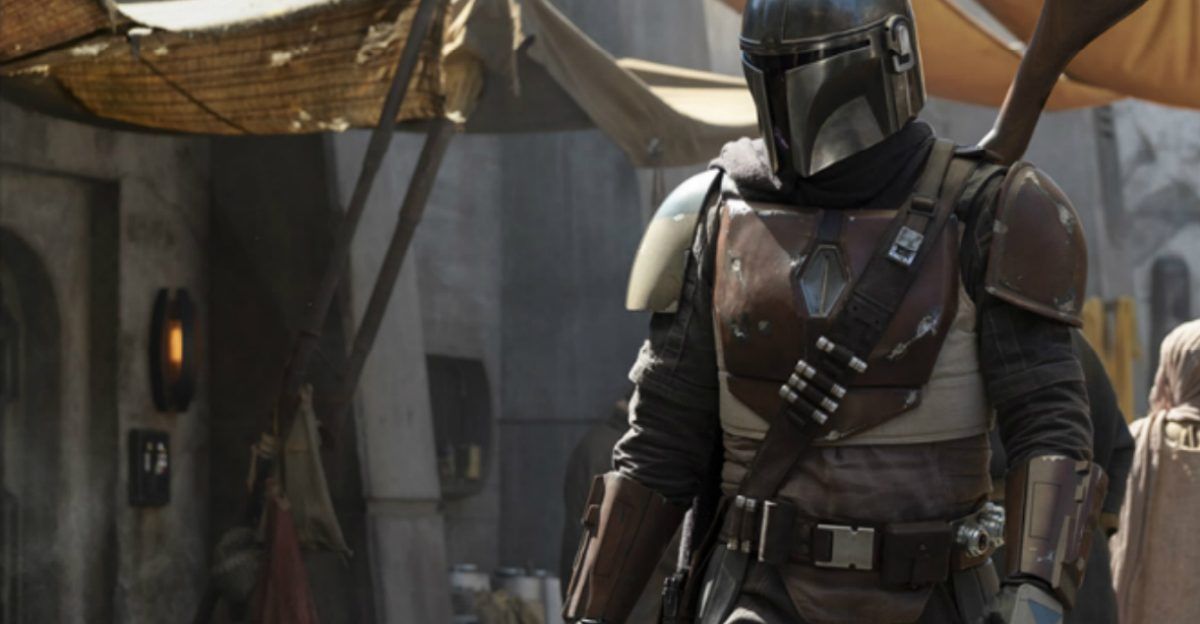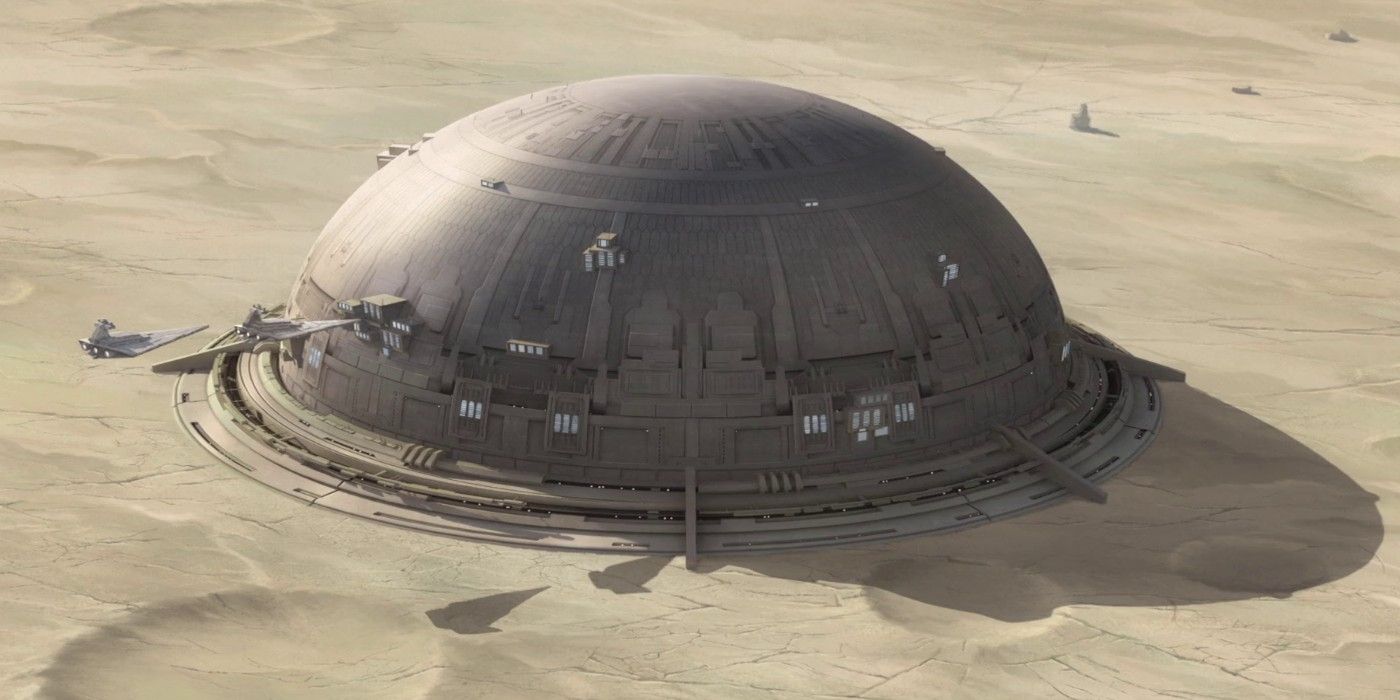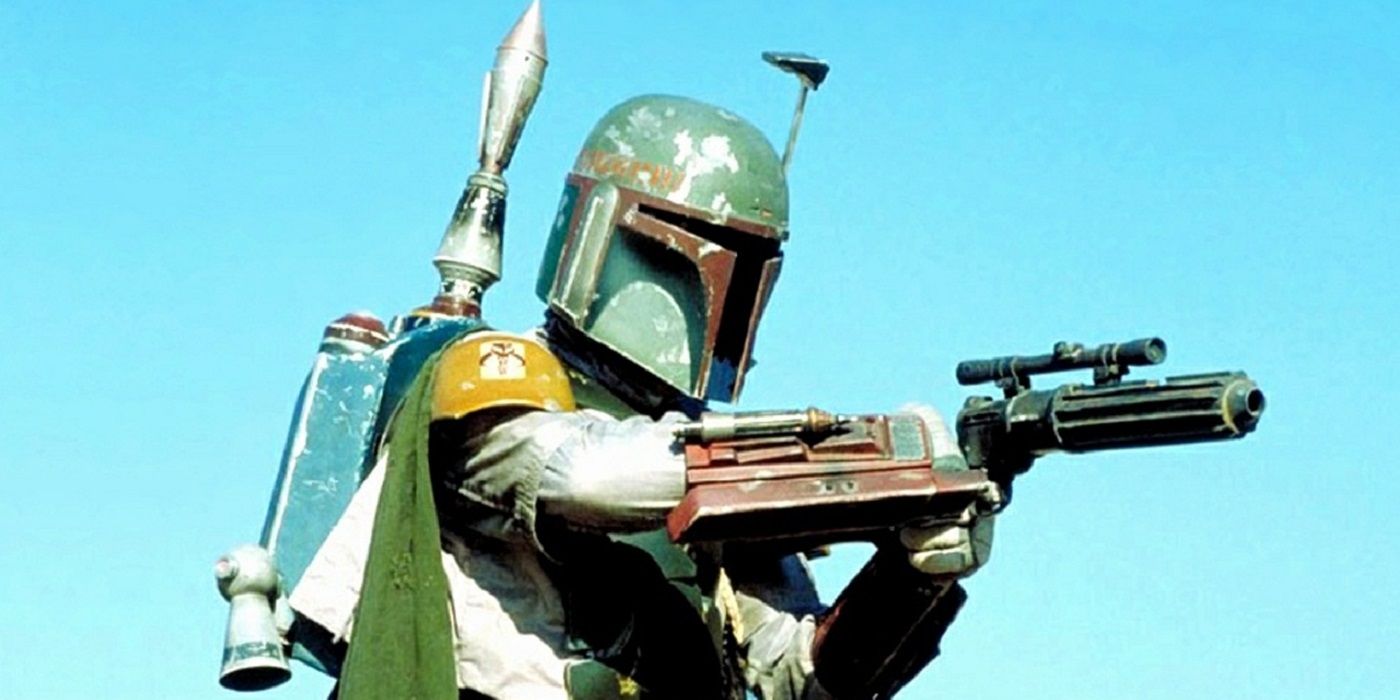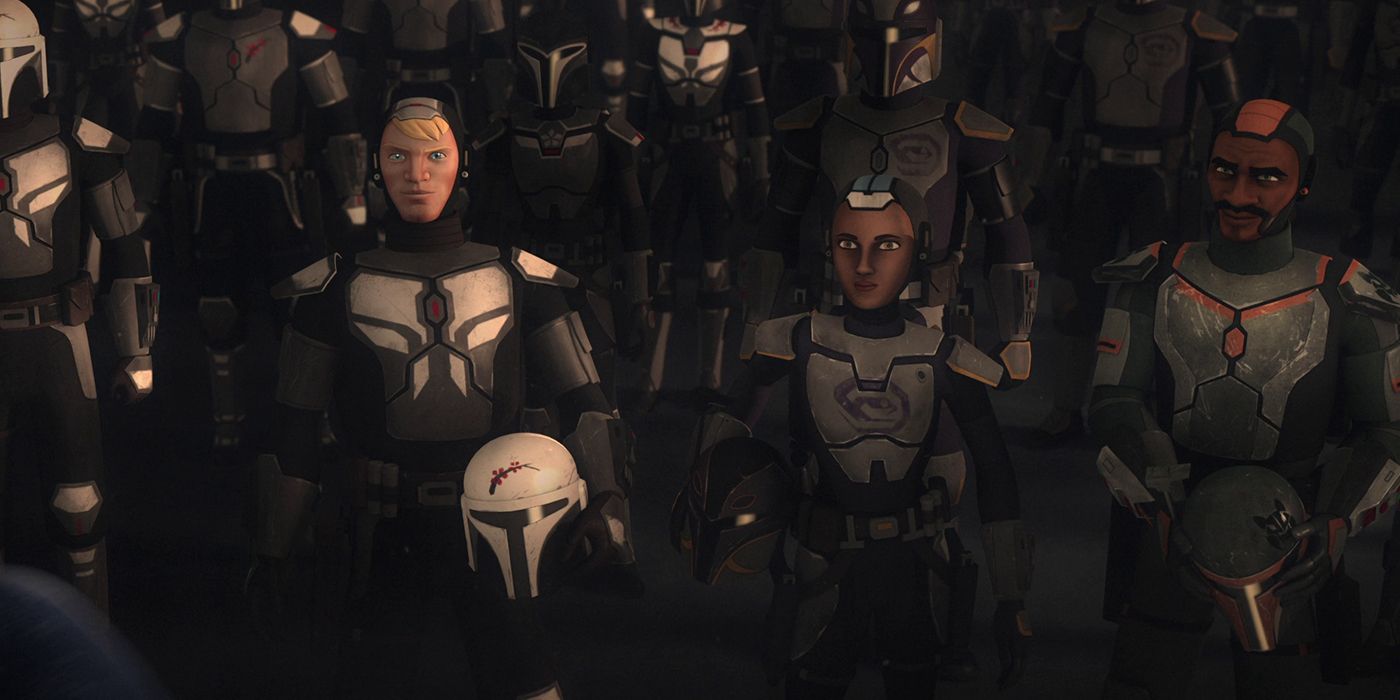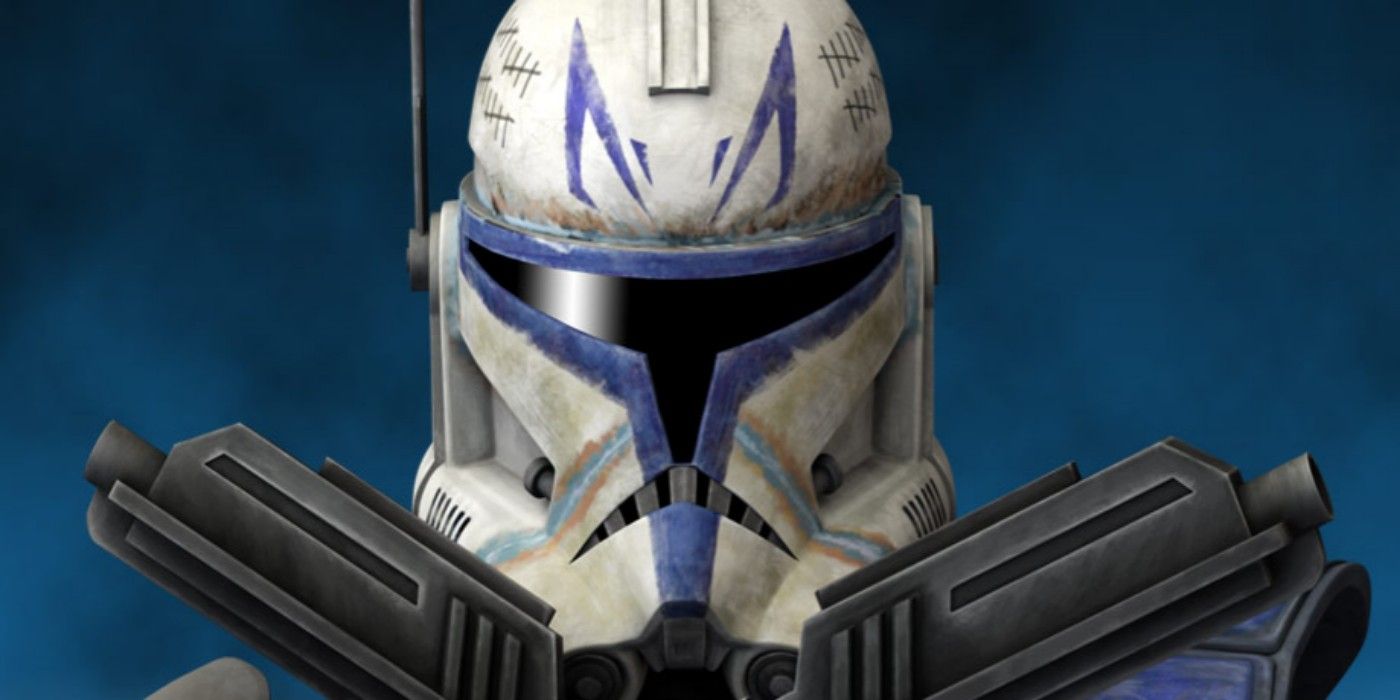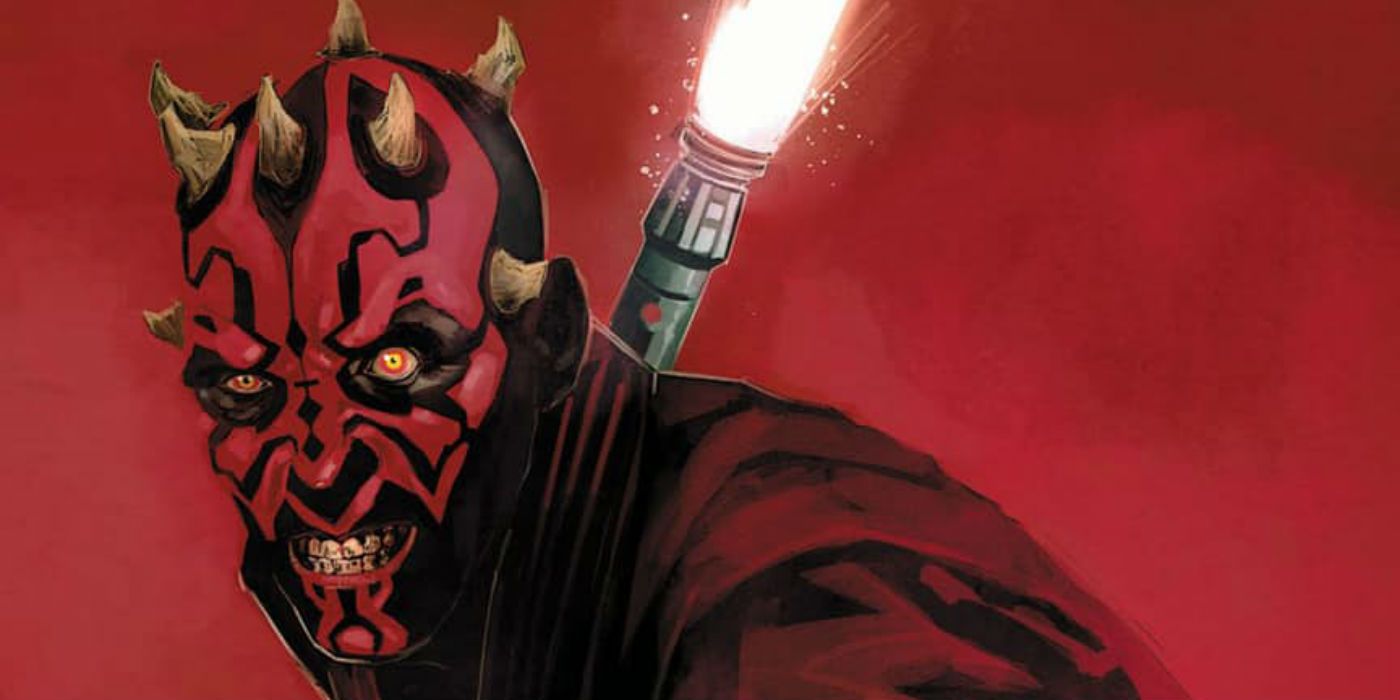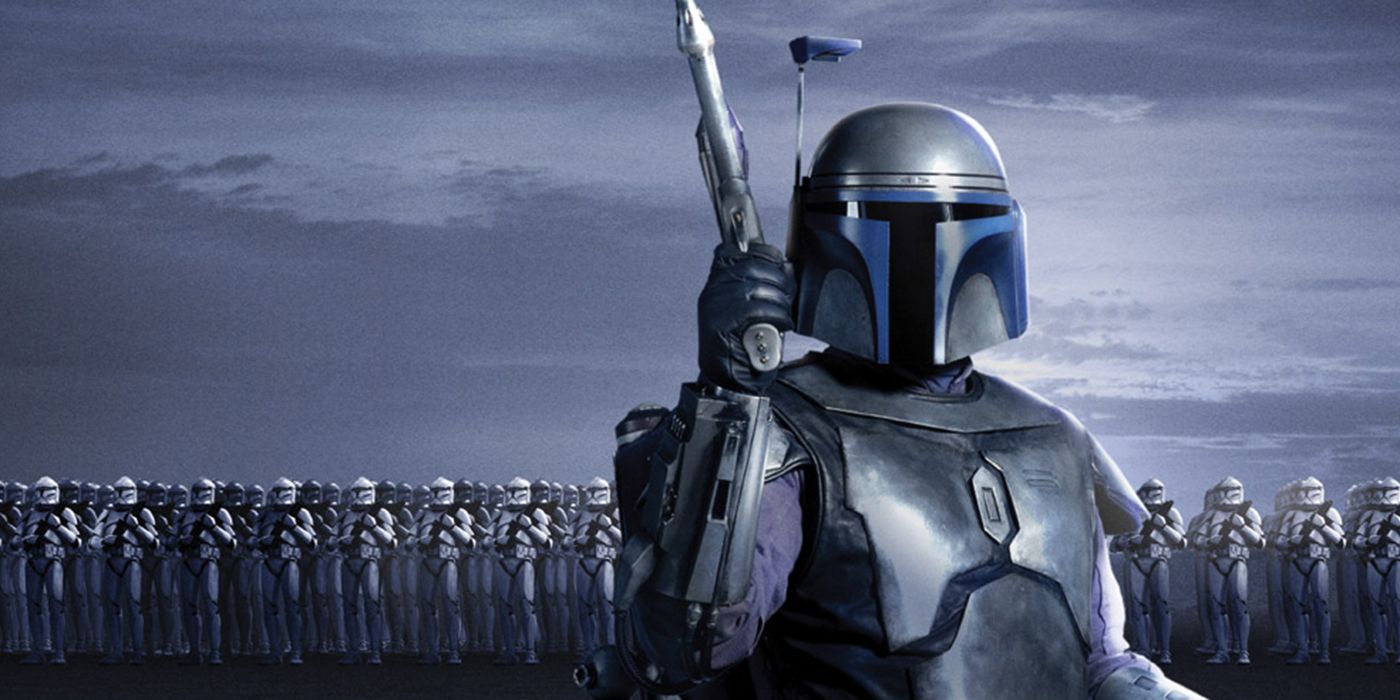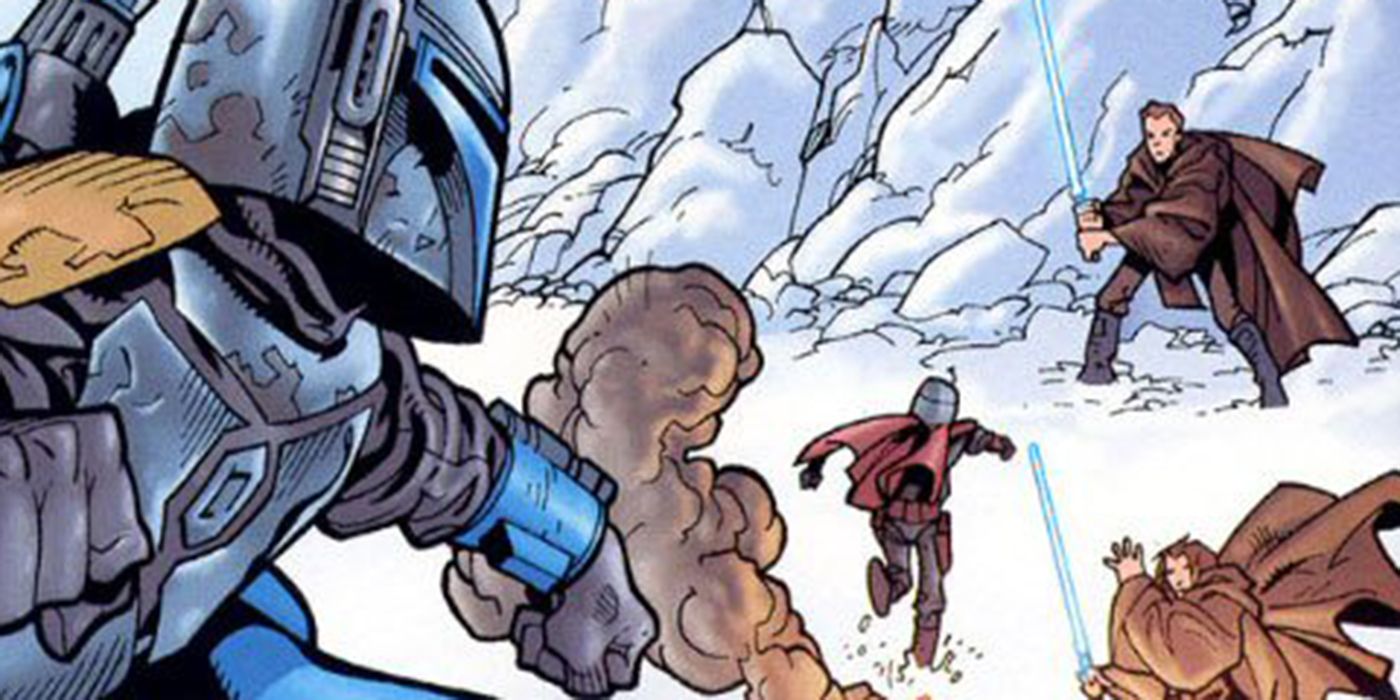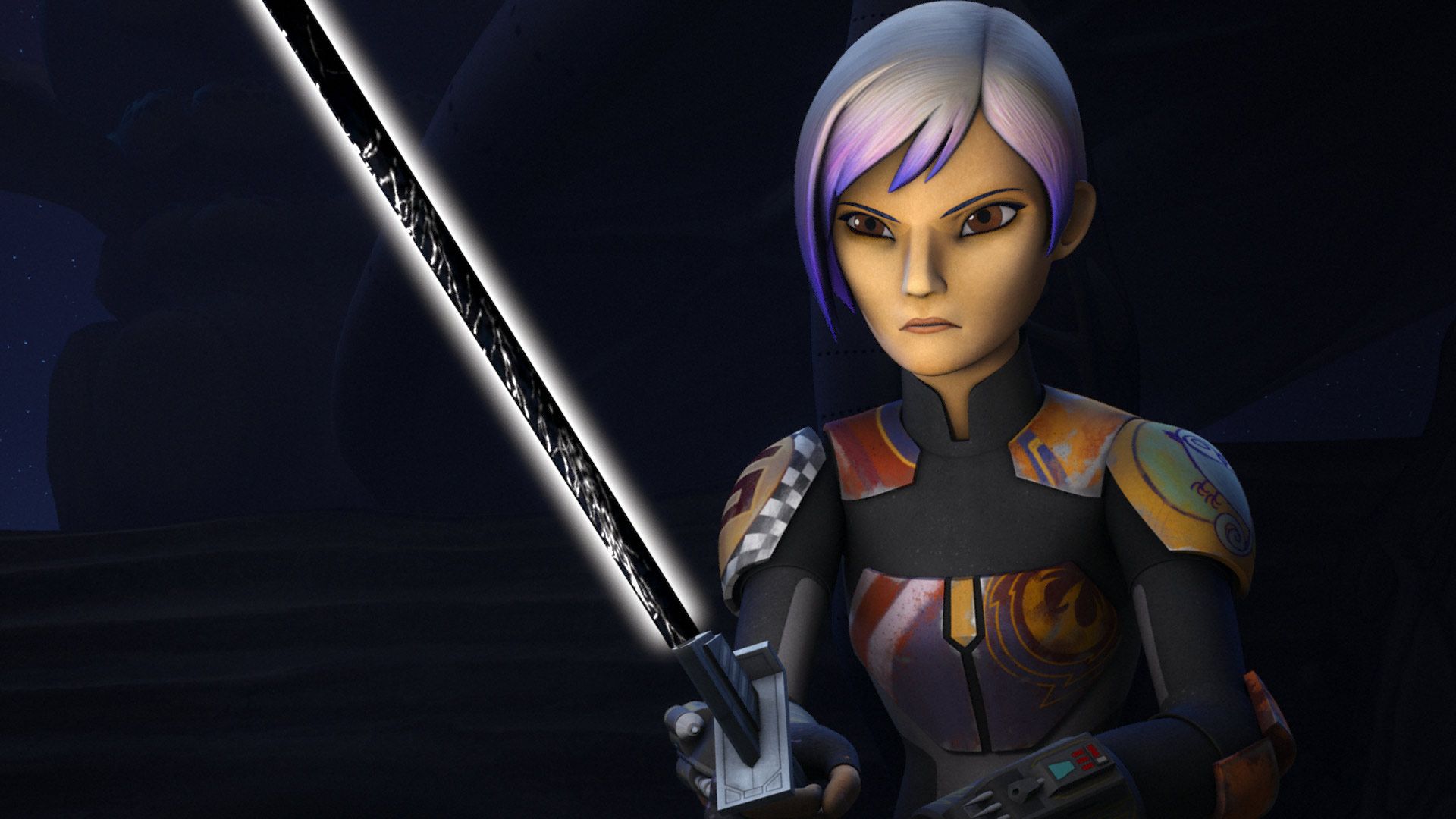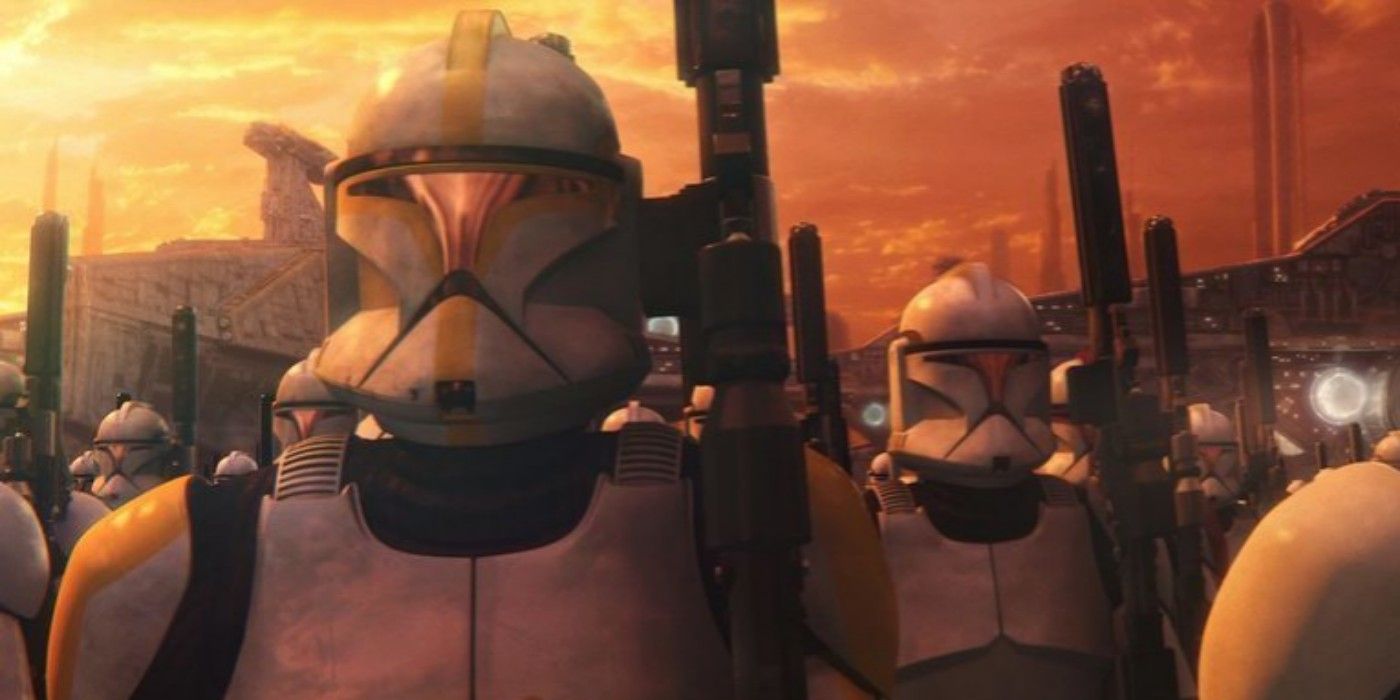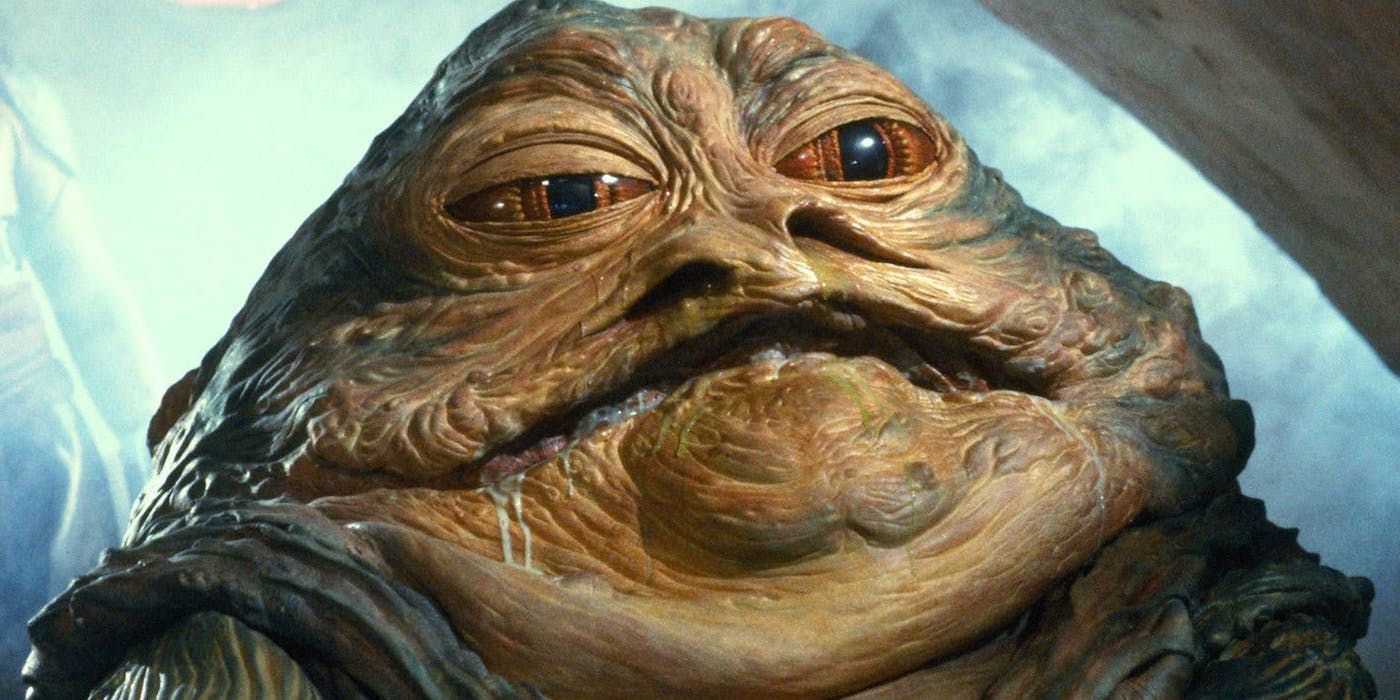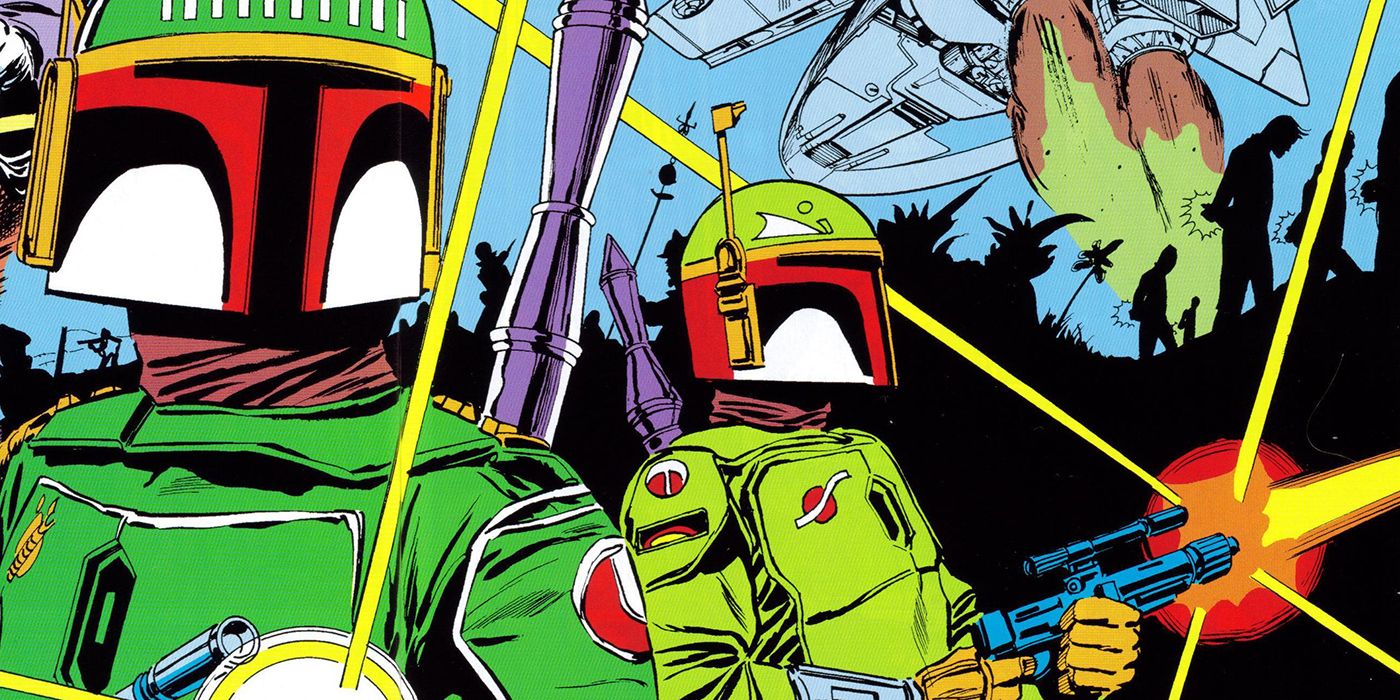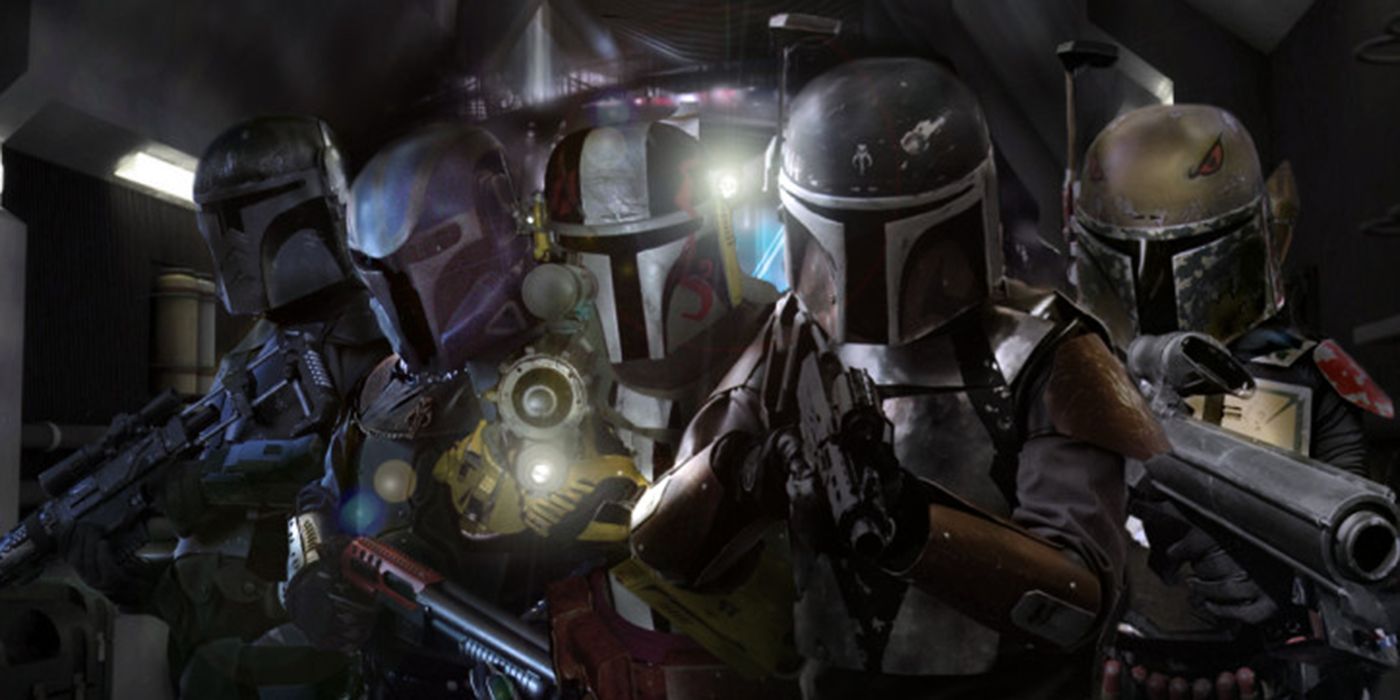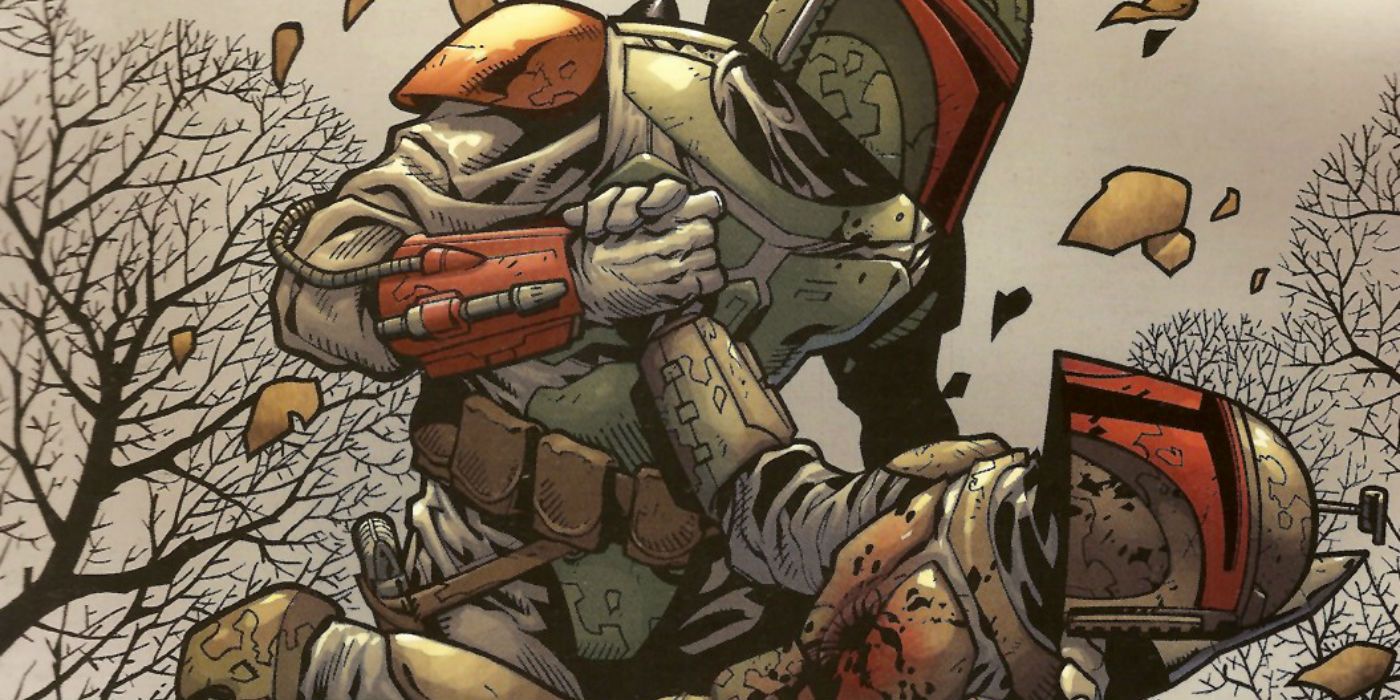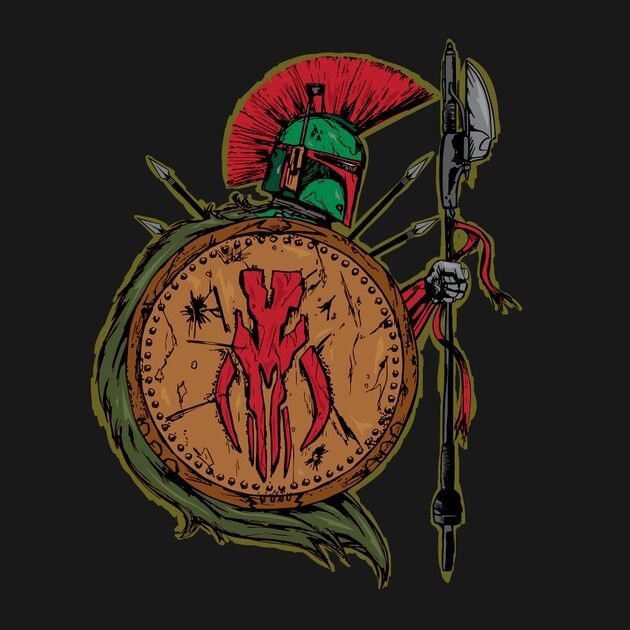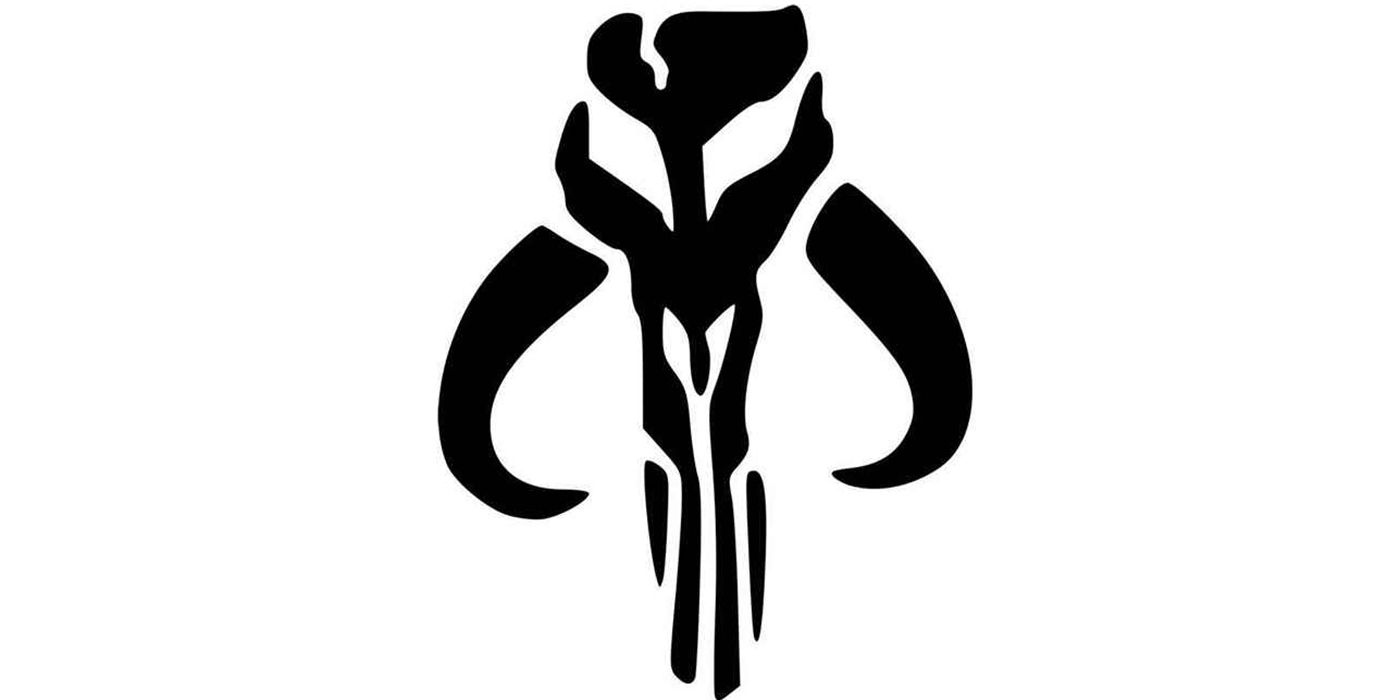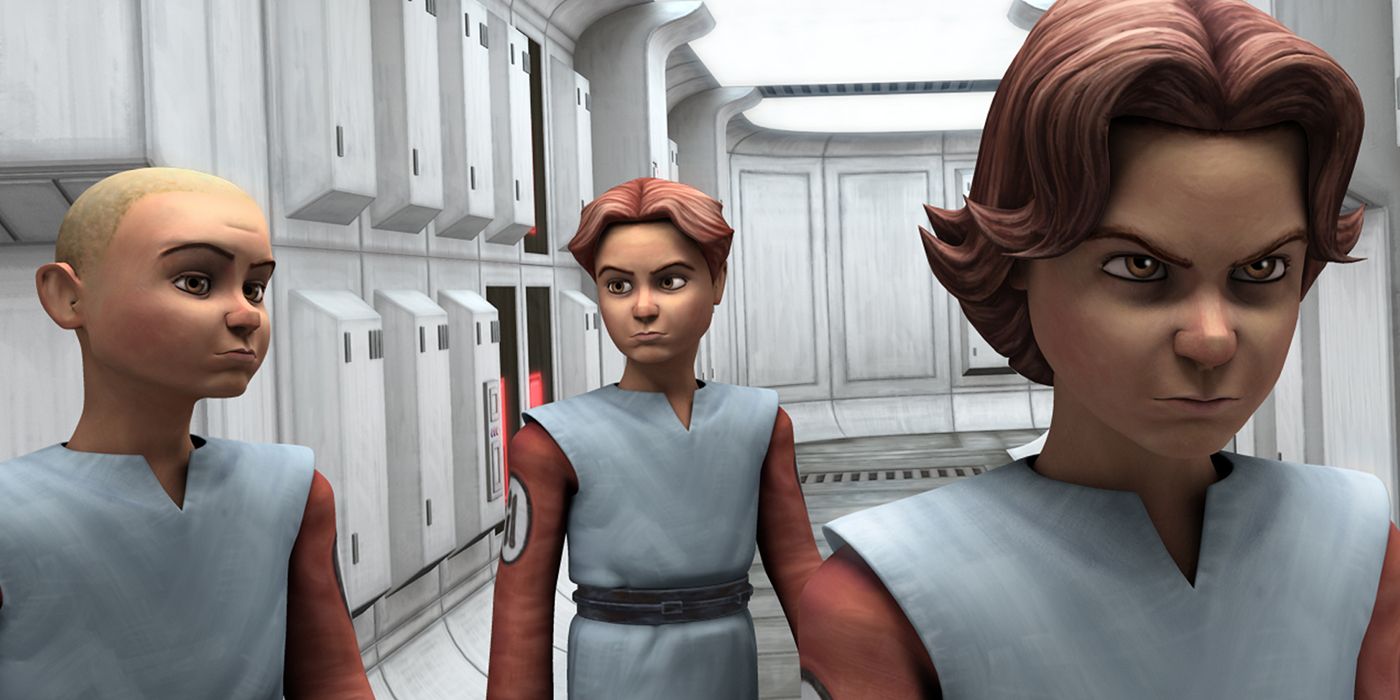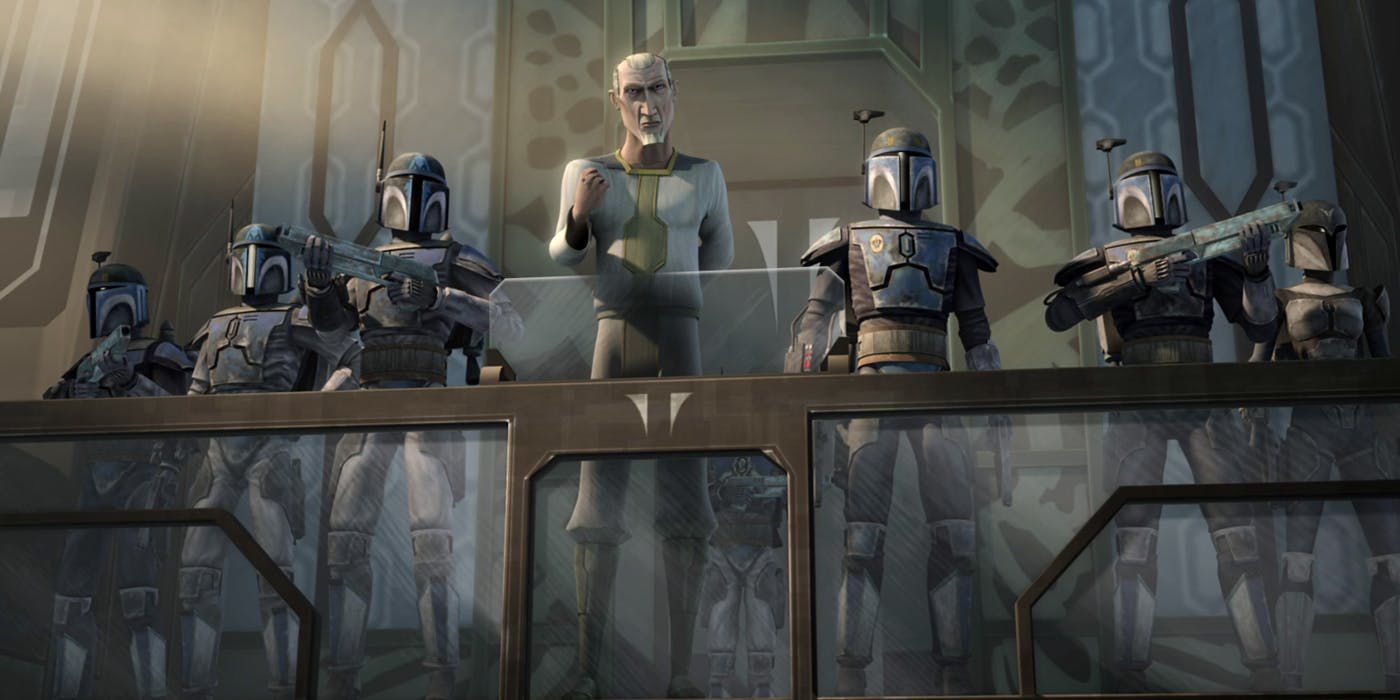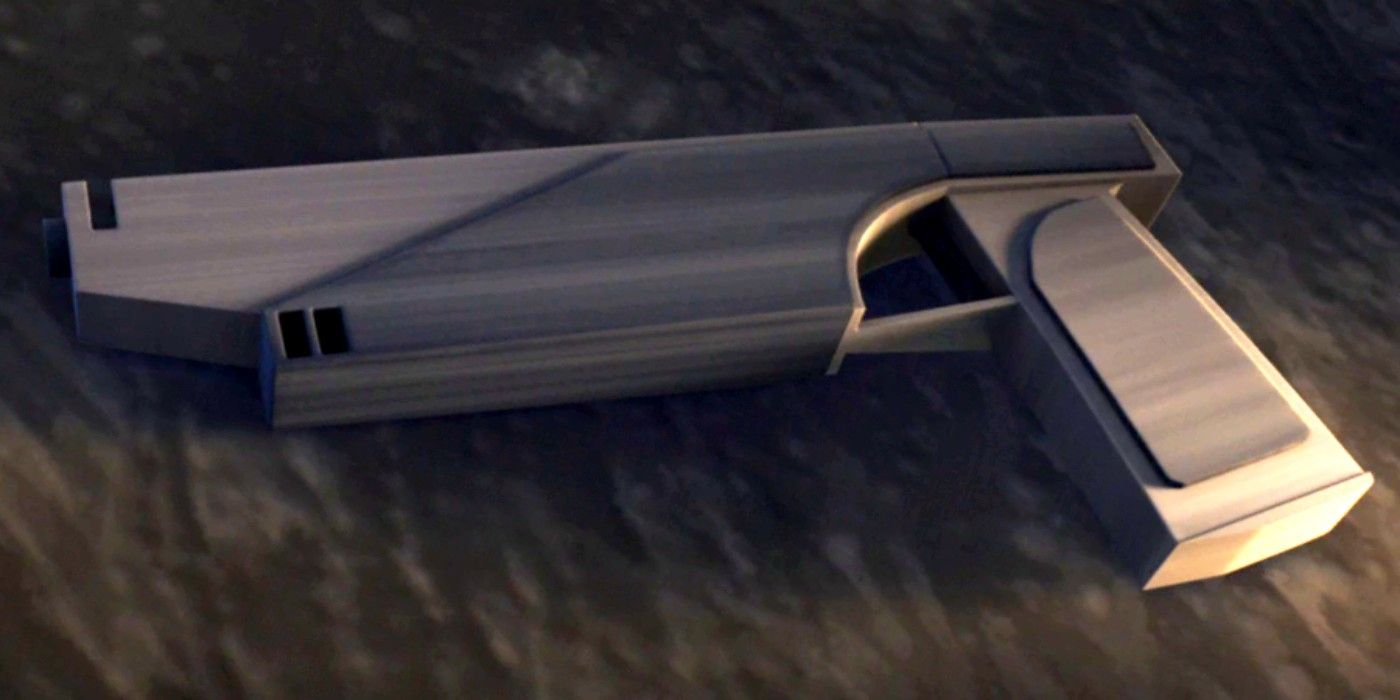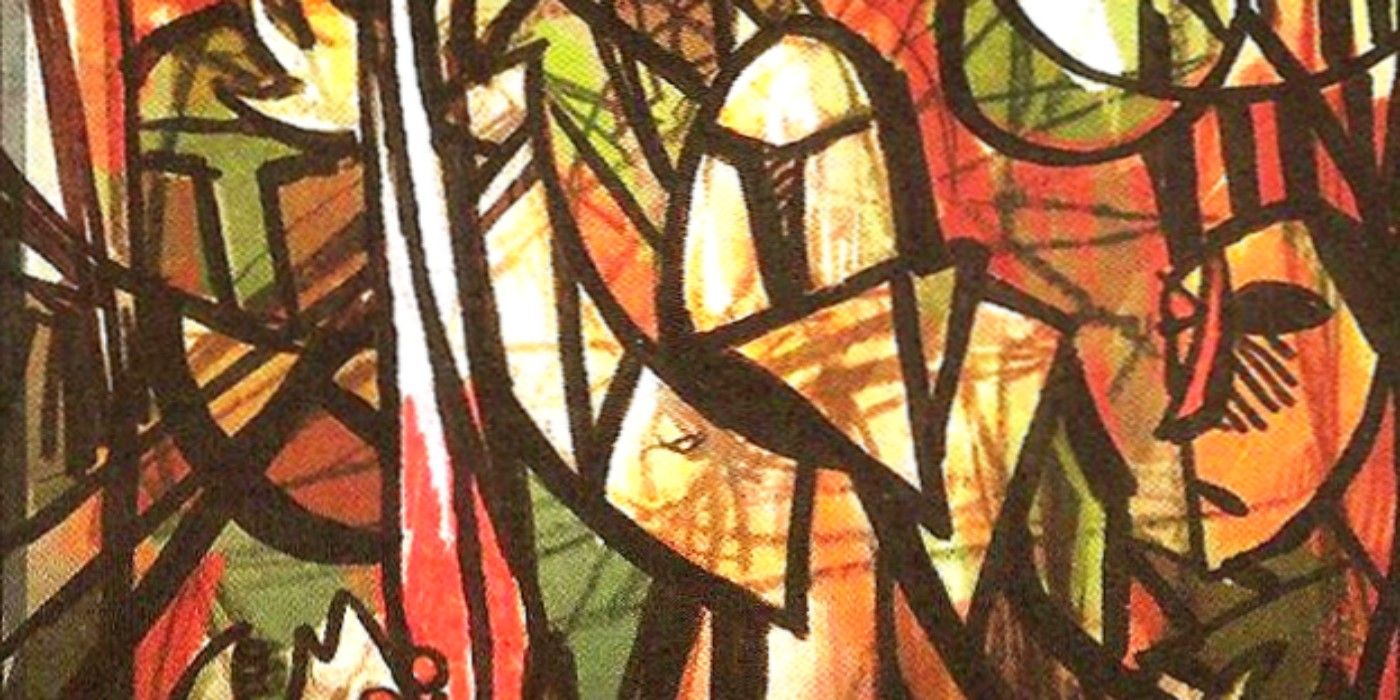With recent news of The Mandalorian television series being produced by Disney, interest in the Mandalorians has rapidly increased. The series will follow a lone Mandalorian gunman in the time period after the fall of The Empire but before the First Order, in a part of the galaxy far from the jurisdiction of the New Republic. The Mandalorians have had issues with the Republic for thousands of years, when their warrior society was considered a threat to the civilized galaxy. Never a group to back down from a fight, they gave the Republic trouble, the Jedi trouble, and when the Empire came sniffing around, they gave them trouble too.
To the Mandalorians, there is no greater distinction than fighting well, protecting their family, and bringing honor to their clan. With no centralized government, their clans make up the only ruling bodies in Mandalorian Space, making decisions based on what will help them prosper most. The infamous bounty hunter Boba Fett, first seen in The Empire Strikes Back, comes from the distinguished Fett Clan, and is the son of a Mand’alor, the greatest warrior chosen to lead the Mandalorian people. With no race or bloodline, anyone can become a Mandalorian, provide you keep to these principles of honor and integrity.
Mandalorians feature prominently in Star Wars literature, as well as in the Star Wars animated series The Clone Wars and Rebels. Ever since the Expanded Universe material was retconned into Star Wars Legends, much of what we know about Mandalorian culture comes from these sources.
20 THEY LIVE IN BIODOMES
Years of committing to a warrior way of life left many planets in Mandalorian Space, including Mandalore (the Mandalorian home planet), ravaged beyond recognition. Their refusal to join the Galactic Republic in 738 BBY led to the Mandalorian Cataclysm, in which the forces of the Republic and the Jedi Order preemptively bombed the surface of countless key worlds.
Most of the Mandalorian homeworld was now a desert, only inhabitable by the use of biodomes. Every major metropolis was built under their protection, though there were regions with different ecosystems, spread out far apart. The Mandalorians remained resentful of the Jedi and the Republic for centuries.
19 THEIR ARMOR COLOR IS SIGNIFICANT
For thousands of years, Mandalorian armor has been the source of Mandalorian strength, pride, and honor. It has gone through several different iterations, from the more organic look of the Neo Crusaders from the time of the Sith Wars, to the much more efficient example worn by bounty hunter Boba Fett. From the pauldrons to the boots, the color of Mandalorian armor is chosen specifically to reflect certain concepts and beliefs.
Colors that might be seen on Mandalorian armor include; Gray (for the loss of a love one), Red (for honoring a parent), Black (for the belief in Justice), Gold (for the belief in Vengeance), Green (for a sense of Duty), Blue (for the concept of Reliability), and Orange (for having a Lust for Life).
18 WARRIORS ARE MALE OR FEMALE
Due to the egalitarian nature of Mandalorian society, in which there is no caste system, no division by birthright, and only one leader in favor of a governing body, it operated like a meritocracy. This also clearly established equality among the genders, with neither men nor women holding more sway in any area of the home or battlefield.
In Mandalorian society, warriors can be men and women. There is no separation of their roles and anything one can do, the other can do. To be celebrated as a true Mandalorian, it is only expected that you can defend your family honorably and provide for them fully.
17 MANDALORIAN SOCIETY IS THOUSANDS OF YEARS OLD
Mandalorian society is one that is millennia old and characterized by war, conquest, and the pursuit of honor. A society of warriors that were once aliens, now predominantly human, Mandalorians conflicts with the Jedi, Old Republic, and even The Empire have helped to shape galactic history.
Thousands of year before 738 BBY, Mandalorian crusaders once tried to wage conquest from the Outer Rim to the Inner Rim, overtaking worlds they felt were cowardly. Their martial history was subverted by the time of the Clone Wars, when this practice was stopped due to the political reformist New Mandalorian faction desiring to be more united with the rest of the galaxy.
16 JAIG EYES WERE GIVEN FOR BIG FAVORS
Mandalorians often adorned their armor with sigils of particular personal importance to them. Jai’galaar’la sur’haii’se, or jaig eyes for short, translated from Mando’a means “shriek-hawk eyes” for the bird of prey found on the Mandalorian homeworld. They were awarded for acts of bravery or large favors, and were given as marks of honor by clan leaders.
Jaig eyes can be found on the top of the helmets of Mandalorians of distinction, just above their T-shaped visors. Clone troopers during the Clone Wars, which were based on Mand’alor Jango Fett’s genetic code, were sometimes given jaig eyes for distinguishing themselves in battle by their commanding officers in keeping with Mandalorian tradition.
15 DARTH MAUL HAD A BIG HAND IN SHAPING THEIR HISTORY
For millennia the Mandalorians were a society of warriors that led great conquests to dominate the galaxy. During the Clone Wars, a political faction known as the True Mandalorians wanted to find a peaceful way for Mandalorians to live, allies of the Jedi and the Republic that had once seen them as hostile threats to galactic stability. A group of hot-blooded Mandalorians opposed this; Death Watch, led by Pre Vizsla.
Eminent in a long line of Death Watch leaders, he wielded the black-colored Darksaber and sought to once against conquer the galaxy by allying with the Shadow Collective, a criminal organization led by the Sith Darth Maul. Maul took out Vizsla and took command of the Death Watch, leading them into a new era of violence.
14 THEIR MOST ELITE ARE SUPERCOMMANDOS
Though they were known to be some of the most elite warriors in the galaxy, there were some that commanded more fear than others; the super commandos. Created by Jaster Mereel, a member of the True Mandalorians political faction, they were a subculture of Mandalorians that were mercenaries for hire and followed their own doctrine known as the Supercommando Codex.
Their primary goal was to hunt members of the Death Watch, Mandalorians that wanted their people to return to conquering and pilfering the galaxy. Created in 60 BBY, most were wiped out by 44 BBY, leaving those that survived to become mercenaries and bounty hunters. Both the Alliance, The Empire, The Jedi, The Sith, and The Resistance have made use of their elite skills.
13 THE MANDALORIAN CODE WAS USED TO SETTLE WARRIOR DISPUTES
Similar to the Celtic clans (on which the Mandalorians were partially based), infighting was a frequent occurrence. Since there was no centralized government and bureaucracy was largely deemed repugnant and in poor taste, disputes were often settled according to the Mandalorian Code.
A dispute between warriors was often settled with a trial of hand to hand combat, which was not necessarily to the bitter end and afforded the loser some honor if they fought with distinction and showed bravery. For disputes between clans, rather than all-out war, a warrior was selected from each clan to battle one another in a similar fashion and the matter was considered closed.
12 THE DARKSABER IS ONE OF THEIR MOST TREASURED ARTIFACTS
A relic from a thousand years before the BBY, the black-bladed Darksaber was a weapon created by Tarre Vizsla, the first Mandalorian Jedi. It was kept at the Jedi Temple following his passing, but members of his clan infiltrated it and reclaimed it for themselves. It became a symbol of unity and of fear, and its possessor led Mandalore on a series of crusades.
In 221 BBY, Pre Vizsla, the leader of Death Watch wielded it against Darth Maul but was bested. After it passed from him to Maul, it resided on his home planet of Dathomir. In the age of The Empire, it was discovered by the Rebel and Mandalorian Sabine Wren, who began to train with it under Jedi Kanan Jarrus.
11 CLONE TROOPER ARMOR REFLECTS MANDALORIAN ARMOR
Jedi Master Syfo-Dias, after having received a premonition from the Force of great galactic conflict, commissioned an army of clones to be made for the Republic’s use. He selected as the genetic template Manda'lor and bounty hunter Jango Fett. The armor of the clone troopers came to reflect early Mandalorian armor, most notably the T-Shaped visor of the elongated helmets favored by early Mandalorian warriors.
Over time the similarities changed and adapted into the stormtrooper armor used by The Empire when it assumed control of the clone army. However, many clones still passed along the traditions of Mandalorian society, notably commending bravery in battle and wearing colors that signified honoring a fallen comrade.
10 THEY HAVE A DISTINCT WORD FOR COWARD
There are certain words in Mando'a that represent certain concepts or belief systems. The word for one who runs from a fight, or proves to be a coward, is referred to as a hutt'un, and is one of the worst things a Mandalorian can be called. A Mandalorian is defined by their ability to fight, protect their family, and earn honor for their clan in combat.
The word is derived from the Hutt species, large worm-like creatures that come from a world of gambling and general vice. Too lethargic and gluttonous to fight, Mandalorians view them as pathetic cowards that have other people fight their battles for them. This does not mean that Mandalorians haven’t been in the employ of Hutts (Boba Fett, for example).
9 THEY ARE DIVIDED INTO CLANS
The Mandalorians have never united as a people, though many attempts have been made over thousands of years. They are a combination of different species, have no single race or bloodline, and no centralized government. They are instead divided into clans, each clan bearing its own sigil or crest, and each having their own honor which must be defended and upheld at all times.
Each Mandalorian must work towards the prosperity of their clan and everything is shared among its members. Honor bestowed upon one Mandalorian for exemplary deeds or behavior is bestowed upon the entire clan. Individual pursuits matter to Mandalorians, but they are proud to have those pursuits reflect favorably on their collective.
8 THEY HAVE NO SPECIES OR BLOODLINE
Unlike other societies, the Mandalorians are not a single race, nor do they have a bloodline. Instead, they are a collection of species, broken up into various clans. To be considered a part of Mandalorian culture, one need only heed the six actions delineated in the Mandalorian Code, known in Mando'a as the Resol'nare.
The Mandalorian Code went as follows; you must learn and speak Mandalorian, you must wear Mandalorian armor, you must defend your family, you must ensure that your clan is prosperous, you must answer a rally if called upon, and you must have your children follow the Mandalorian traditions. There is no word for "hero" in the Mandalorian language, as everyone is expected to be heroic.
7 A WARRIOR CAN WEAR HIS FALLEN COMRADES ARMOR
Mandalorian armor is sacred, with pieces of it often being passed down generations. It was inextricable from being truly Mandalorian and one of the only ways to claim to be part of the culture. It is colored based on different belief systems and concepts, and often decorated with sigils that denoted bravery on the field of battle.
If a Mandalorian passed heroically, their surviving comrades would often wear their armor as a sign of respect, perhaps even painting their own armor an appropriate color to honor them. It was seen as one of the greatest signs of respect possible, ensuring that the fallen Mandalorian could fight on eternally.
6 THEIR SOCIETY IS BASED OFF OF SPARTANS AND CELTS
George Lucas was known to utilize traditions and customs of ancient cultures to populate the Star Wars galaxy. Jedi Knights were based on ancient samurai, and the Mandalorians were based on the ancient Celts and Spartans. He utilized the aspects of nomadic clans from the Celts, and the warrior culture of the Spartans.
A common aspect of both societies is their egalitarian nature, where men and women were given equal respect, as well as their commitment to honor in battle. There is no more glorious an end for a Celtic or Spartan warrior than to go nobly on the battlefield defending their family, their honor, or their clan. Their exploits would live on in stories told by the clan and reflect well upon it.
5 THEIR EMBLEMS HAVE SPECIFIC MEANINGS
Two distinct emblems on any suit of Mandalorian armor are the elongated skull and the Mandalorian crest. The skull, or Kry’bes in Mando’a, is said to have many origins, from being a Bantha to a Mythosaur. Mythosaurs were said to be giant reptiles (much larger than the krayt dragons of Tattooine) that roamed the terrain of the Mandalore homeworld.
The Mandalorian crest is often viewed as a circle with a piece of wheat across it, followed by a teardrop in the upper left corner, and the symbol for a Mandalorian warrior’s clan on the lower right. Both emblems would have been worn on a Mandalorian suit of armor with pride and distinction.
4 FAMILIES ADOPT CHILDREN OF FALLEN WARRIORS
Given the combative nature of Mandalorian society and the fact that at any moment a Mandalorian parent would have to answer a call to arms, Mandalore and its surrounding worlds have had no shortage of Mandalorian orphans. If a Mandalorian child lost their parent in battle, they would be adopted into another family that was close to the fallen warrior(s).
Loss of life was a part of Mandalorian lifestyle. Jango Fett lost his father in a conflict with Death Watch and was later adopted by Jaster Mereel, the leader of the True Mandalorians. It greatly influenced his decision to have an unaltered clone for himself, to raise as his son when he was recruited for the clone army on Kamino.
3 THE MANDALORIAN ROYAL GUARD PROTECTS THE MAND’ALOR
The best of the warriors from all the Mandalorian clans were chosen to serve in the ranks of the Journeyman Protectors, elite royal guards that protected the Mand’alor, the leader of all Mandalorian Space. Both warriors and lawmen, they helped create judicial balance in a culture often prone to war. They wore decorative armor and wielded electro pikes with incredible accuracy.
Before the Battle of Yavin, the Protectors established a base on the third moon of Concord Dawn. They formed an alliance with The Empire, but that would prove a fatal mistake; Imperial Viceroy Gar Saxon wiped them out entirely for defecting to the Rebel Alliance.
2 THEY ALL HAVE THE SAME WEAPON OF CHOICE
Though trained to handle a variety of melee weapons, the weapon of choice for any Mandalorian warrior is the Westar 35 blaster pistol. Their sleek, sealed design along with their grip and weight make them ideal weapons to wield two-handed. Death Watch leader Vizsla owned a pair, as well as Rebel agent Sabine Wren.
Infamous bounty hunter Boba Fett preferred the EE-3 carbine rifle modeled after the E-11 blaster rifle of stormtroopers. He did wear, however, another common weapon to all Mandalorian warriors, the Mandalorian vambrace, which was outfitted with repulsors, grappling line, and paralyzing darts, just like his father, Jango Fett. His armor, like his fathers, was beskar iron, which could stop a lightsaber.
1 THEY HAVE AN ART FORM CALLED CUBISM
The art form known as Mandalorian cubism can be found throughout the streets of the capital city on Mandalore. It went through a resurgence in popularity during and after the Clone Wars, when it was hung in fine art galleries beyond Mandalorian Space. It is characterized by its distinct use of vivid colors and bold outline strokes, as well as the almost stained-glass appearance that gives it the effect of being made from shards.
In the ancient past, it was made to glorify Mandalorian conquests, depicting warriors in the midst of famous battles. Much of it pertained to Mandalorian combat against the Old Republic and the Jedi Order. Rebel agent Sabine Wren had a piece that she made specifically to condemn war and promote peace.

